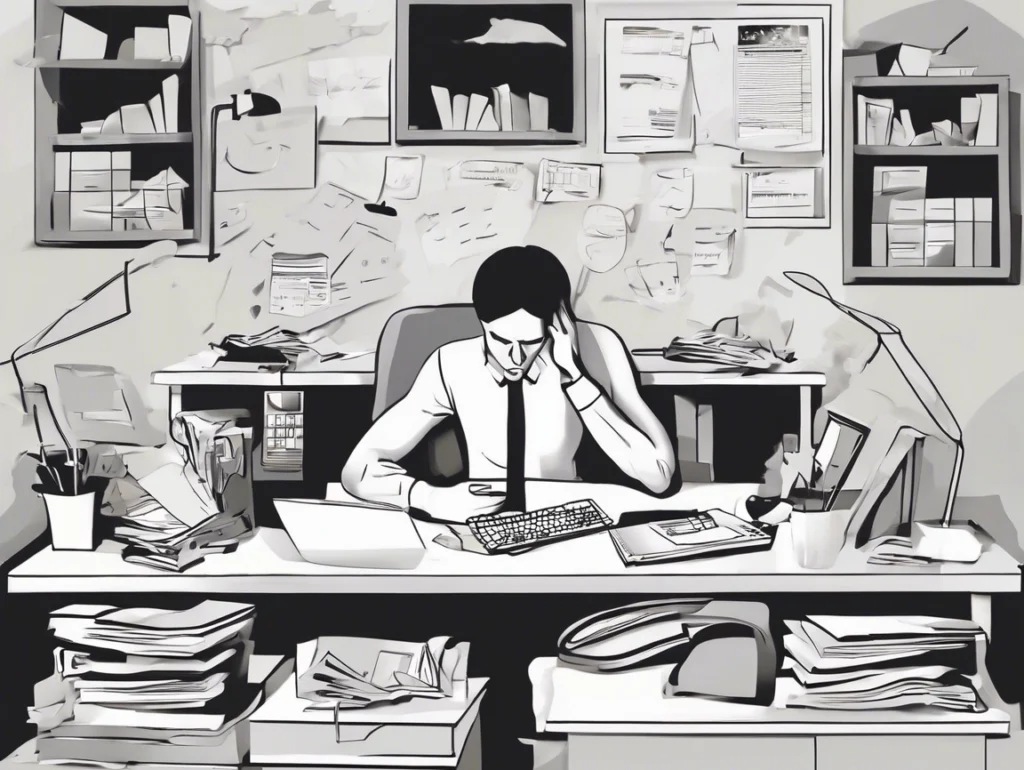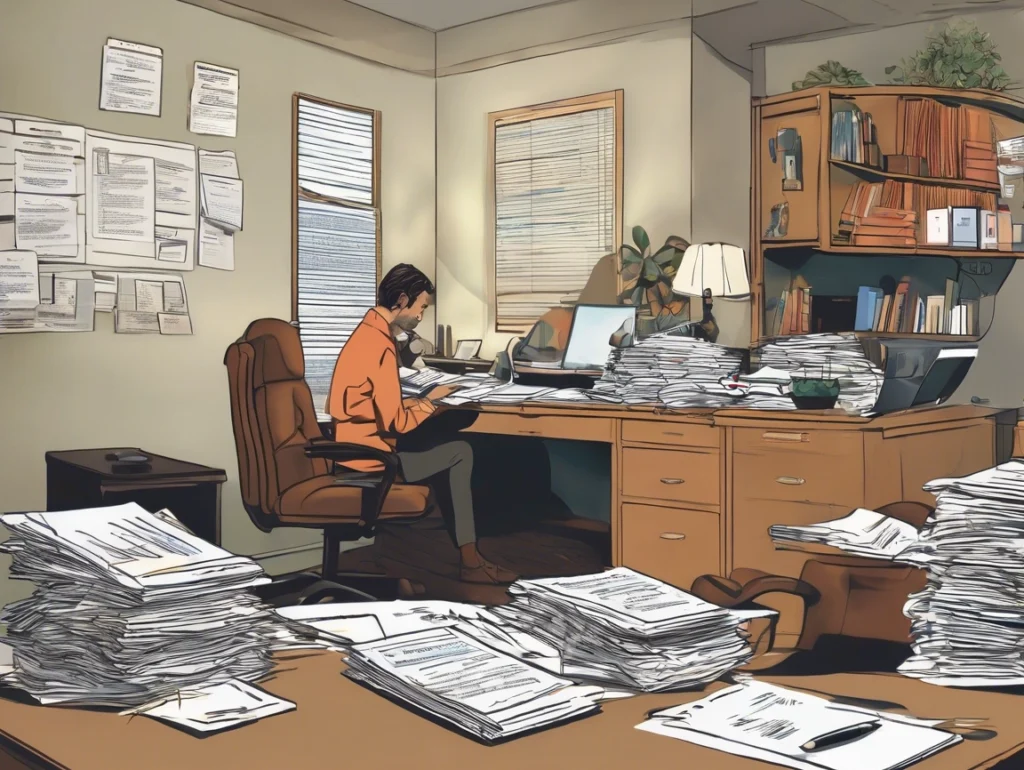As our lives get busier, it’s common to feel overworked and overwhelmed. Search trends show that interest in “high‑functioning anxiety” and “burnout” has surged in recent years. These issues often fly under the radar because people who experience them appear successful on the outside while struggling on the inside. As a Licensed Marriage and Family Therapist, I’m here to help you understand the difference between burnout and high‑functioning anxiety and offer practical strategies for managing both.
What Is Burnout?
Burnout is a state of emotional, physical and mental exhaustion caused by prolonged stress. It often develops when work or caregiving demands exceed your capacity to rest and recover. Common signs include:
- Exhaustion: Feeling drained, tired or unable to recharge despite sleep or time off.
- Cynicism and detachment: Feeling detached from your work or relationships, or becoming irritable and cynical.
- Reduced performance: Difficulty concentrating, decreased productivity and feeling ineffective.
- Physical symptoms: Headaches, stomach issues, muscle tension and changes in sleep or appetite.
If left unaddressed, burnout can lead to depression, anxiety and physical health problems.
What Is High‑Functioning Anxiety?
High‑functioning anxiety isn’t an official diagnosis, but it describes people who appear outwardly calm and accomplished while experiencing intense inner worry. They often set high standards for themselves and fear failure. Signs of high‑functioning anxiety include:
- Perfectionism: Fear of making mistakes and relentless self‑criticism.
- Constant worry: Persistent thoughts about what could go wrong, even when things are going well.
- Overworking: Difficulty relaxing or taking time off, leading to chronic stress.
- Physical tension: Muscle tightness, rapid heartbeat, digestive issues and sleep difficulties.
Because individuals with high‑functioning anxiety seem successful, their struggles can go unnoticed.
How Burnout and High‑Functioning Anxiety Overlap
Both burnout and high‑functioning anxiety involve chronic stress and can feed off each other. Someone with high‑functioning anxiety may push themselves to work harder and avoid asking for help, which increases their risk of burnout. Likewise, burnout can intensify anxiety, creating a cycle that feels impossible to escape.
Strategies to Protect Your Well‑Being
Here are steps you can take to reduce stress and restore balance:
- Set boundaries: Learn to say no to additional responsibilities and delegate tasks when possible.
- Schedule downtime: Build regular rest into your week – even short breaks can make a difference.
- Practise mindfulness: Meditation, yoga and deep breathing exercises can calm your nervous system and help you stay present.
- Journal your thoughts: Writing about your experiences can help you identify patterns and release pent‑up emotions.
- Seek support: Talking to a therapist or joining a support group can provide perspective and tools for coping.
- Prioritise movement and sleep: Regular physical activity and adequate sleep are essential for mental health.
- Consider EMDR or other therapies: Eye‑Movement Desensitisation and Reprocessing (EMDR) can be helpful for processing trauma and reducing anxiety.
Remember that healing from burnout and high‑functioning anxiety takes time. Be gentle with yourself and celebrate small wins along the way.
Recommended Resources
These resources may help you on your journey (affiliate links):
- Books on burnout: Burnout: The Secret to Unlocking the Stress Cycle by Emily and Amelia Nagoski explains why burnout happens and how to break free from it.
- Books on anxiety: The Highly Sensitive Person by Elaine Aron explores sensitivity and offers coping strategies for overstimulation.
- Guided journaling apps: Digital journals like Day One or Journey provide prompts and secure storage for your thoughts.
- Meditation apps: Insight Timer and Calm offer free guided meditations, sleep stories and music to help you relax.
- EMDR directories and courses: Platforms like “EMDR International Association” can help you find certified therapists; some online programs teach self‑soothing techniques.
- Online therapy platforms: BetterHelp and Talkspace connect you with licensed therapists who can help you address burnout and anxiety.
Taking proactive steps to manage stress is an investment in your well‑being. If you’re struggling with burnout or anxiety, consider contacting a therapist in California or exploring the resources above to begin your healing journey.



